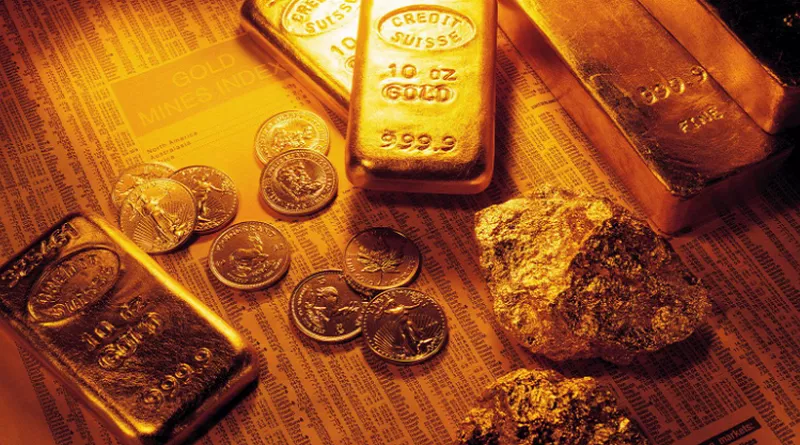Investor interest in gold has surged recently, as evidenced by the latest Comex data revealing an increase in fresh long positions by money managers. This uptick in activity reflects a bullish sentiment pervading the gold market, with expectations of further long positions being added as gold prices continue to climb amidst anticipated falls in US interest rates.
Gold’s buoyancy has also been buoyed by robust central bank buying, driven by reserve diversification imperatives and geopolitical concerns prompting increased allocation towards safe-haven assets. Central banks worldwide bought 1,037 tonnes of gold last year, nearing the all-time high recorded in 2022.
In February, central banks continued to augment their gold holdings, albeit at a slightly slower pace, adding a net 19 tonnes. This marks the ninth consecutive month of growth, as per the latest data from the World Gold Council. Notably, China has exhibited robust appetite for gold, with the People’s Bank of China procuring gold for its reserves for the 17th consecutive month in March, leading to the highest official reserve assets since November 2015.
Gold’s allure typically strengthens during periods of instability, as investors flock to safe-haven assets to hedge against economic uncertainties, geopolitical tensions, or inflationary pressures. This trend is expected to persist throughout the remainder of the year.
Despite the positive momentum in gold markets, holdings in gold Exchange Traded Funds (ETFs) have not rebounded in tandem with price movements. While ETF holdings were instrumental in driving gold to record highs during the Covid pandemic, they have diverged from price action in 2024. The decline in gold ETF holdings, particularly evident in Gold ETF (NYSE:GLD), raises questions about investor sentiment and suggests a cautious approach until clearer signals emerge from the Federal Reserve regarding interest rate cuts.
Looking ahead, gold prices are anticipated to maintain an upward trajectory throughout the year, buoyed by continued safe-haven demand amidst geopolitical uncertainties and the upcoming US election. Revised forecasts now predict prices to peak in the fourth quarter, averaging $2,300/oz. Potential drivers include expectations of Fed rate cuts in the second half of the year, weakening dollar and yields, and persistent geopolitical risks. However, downside risks remain, primarily tied to US monetary policy and dollar strength, which could dampen gold prices amidst a higher-for-longer narrative.


